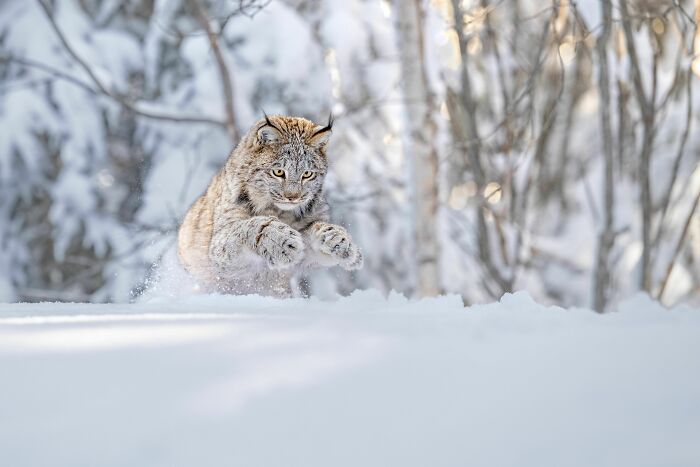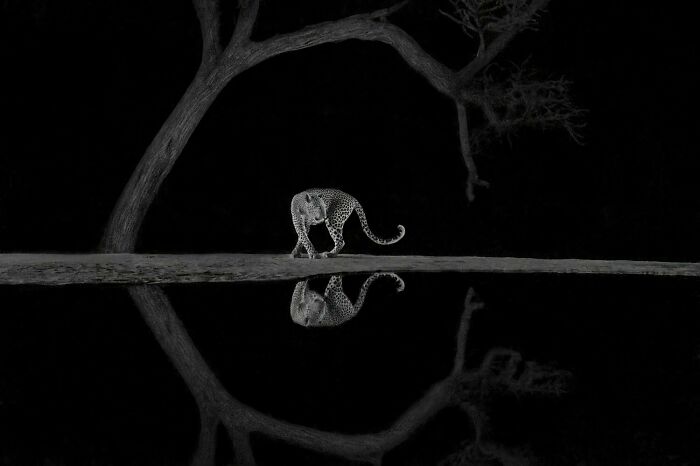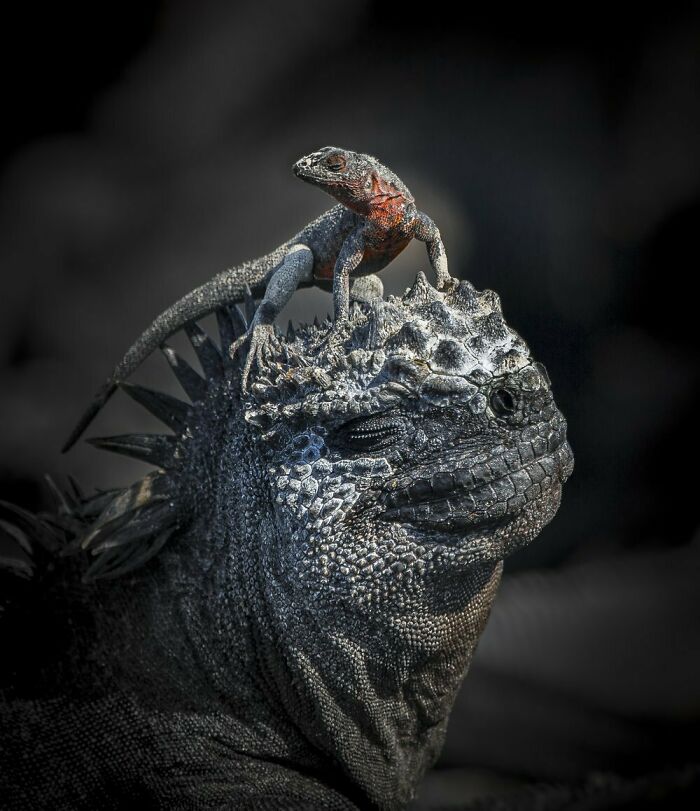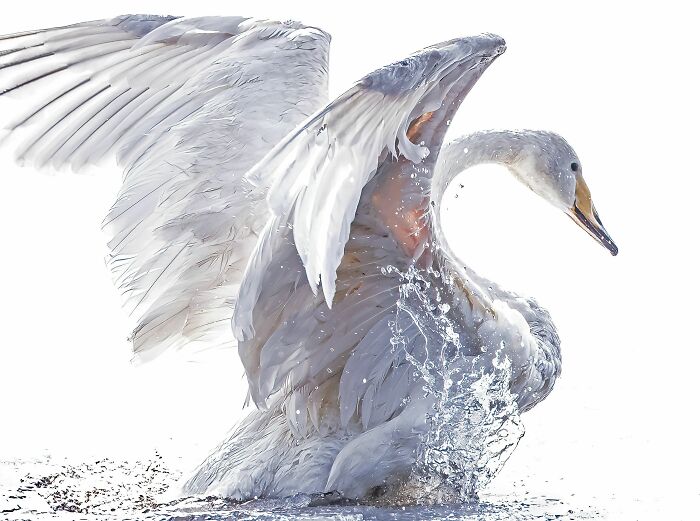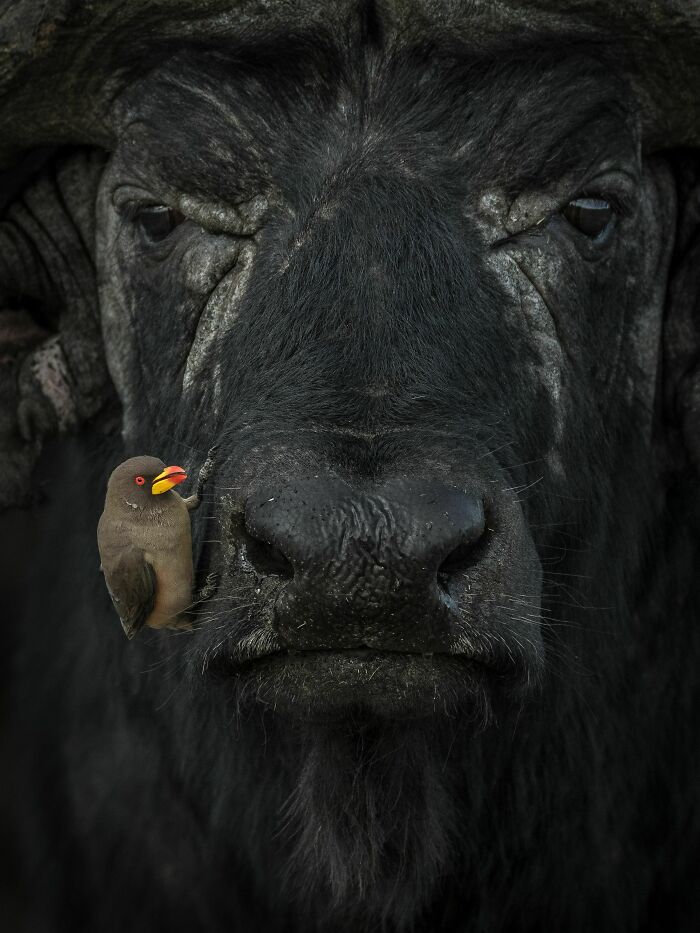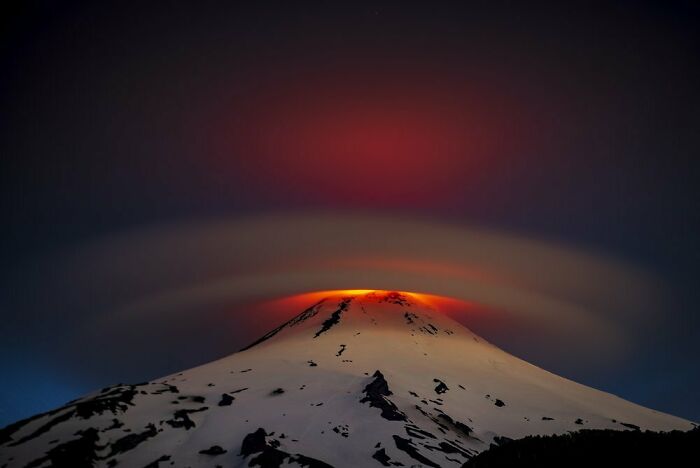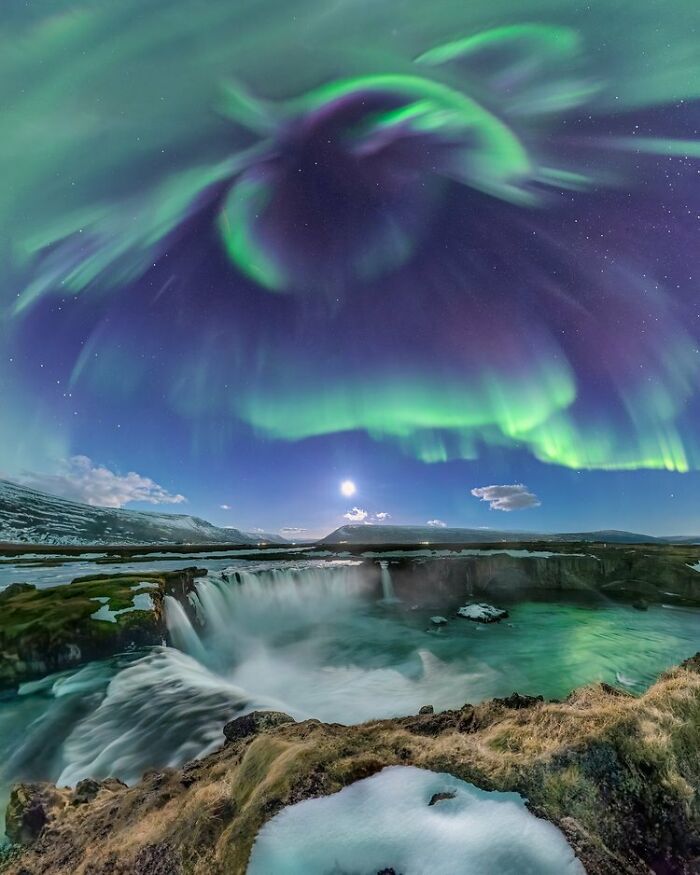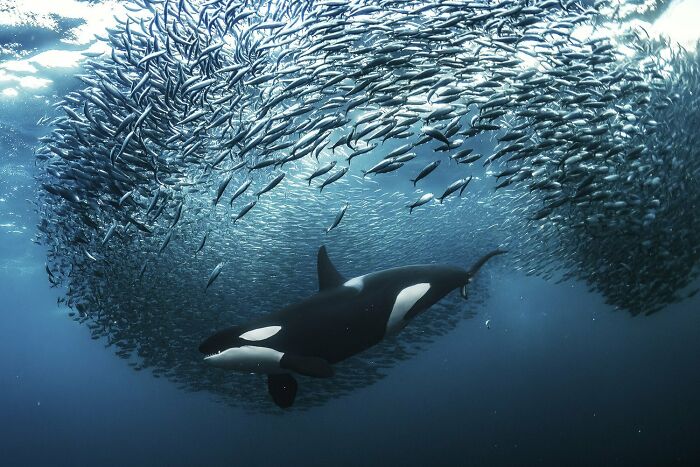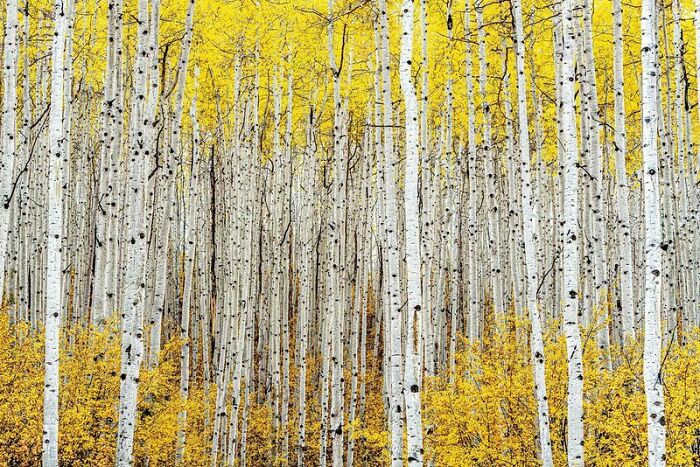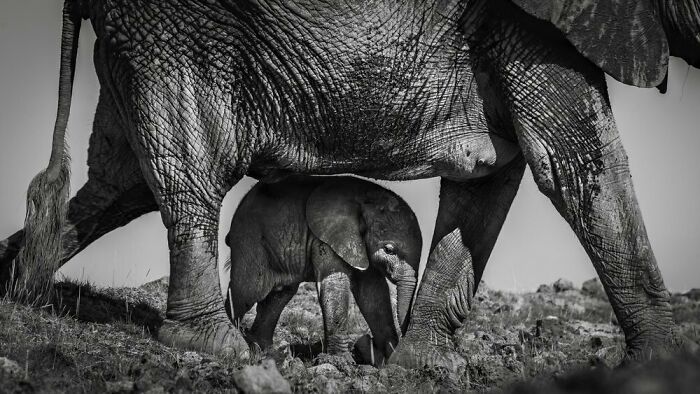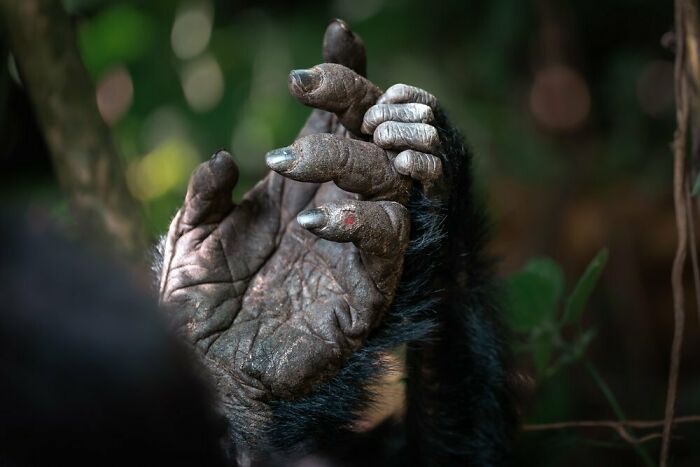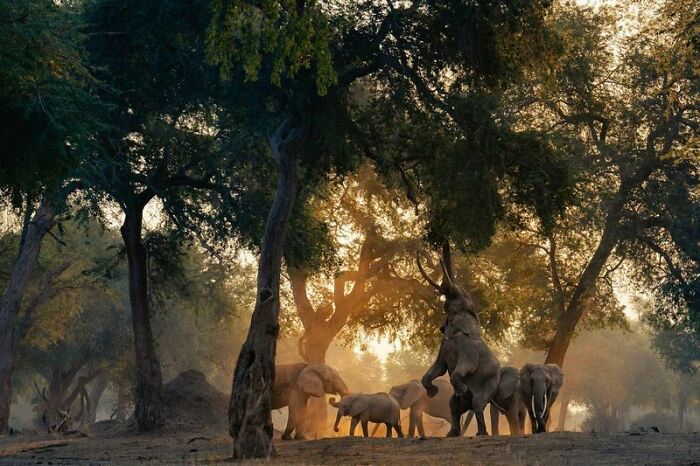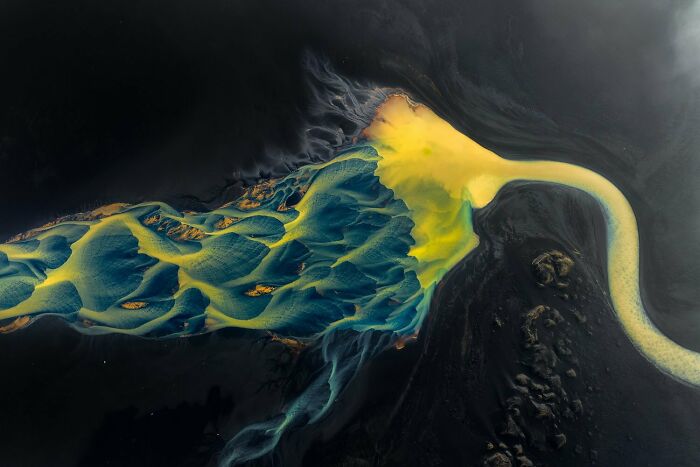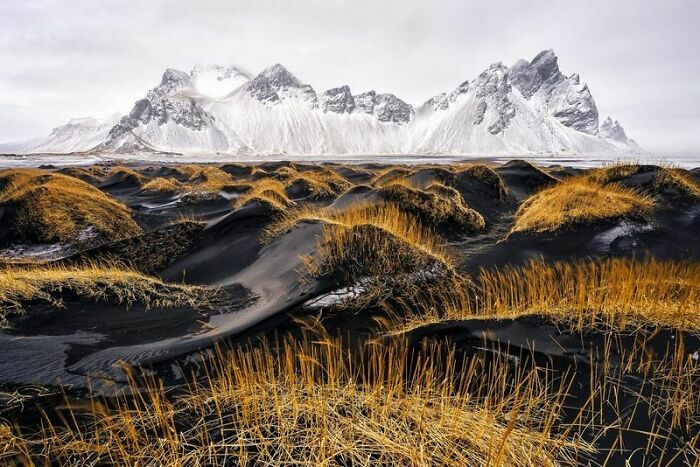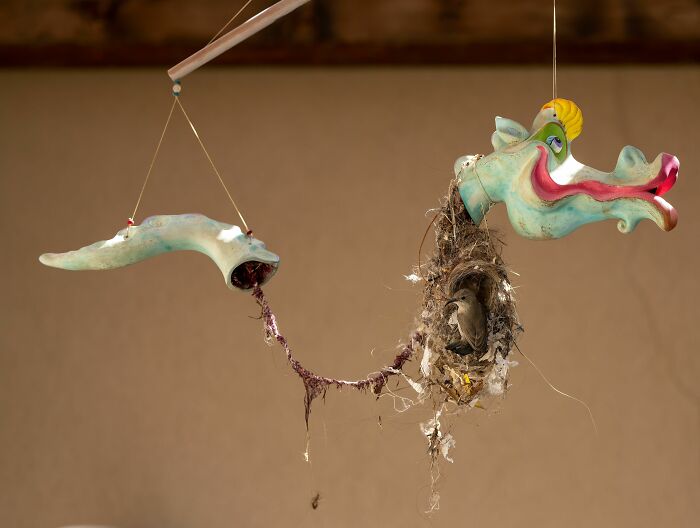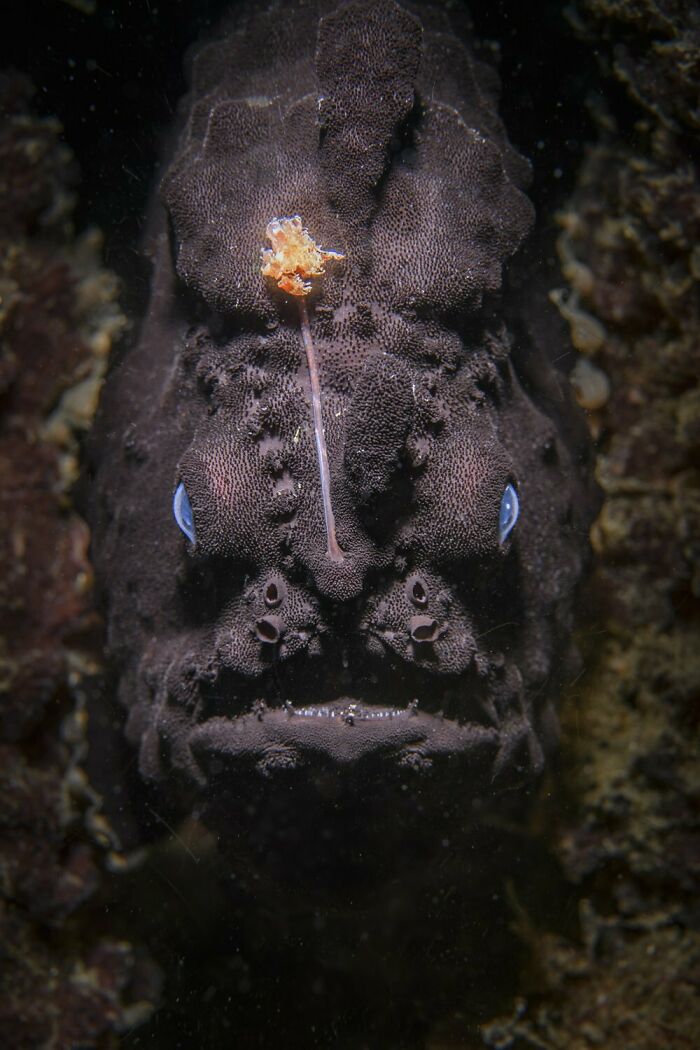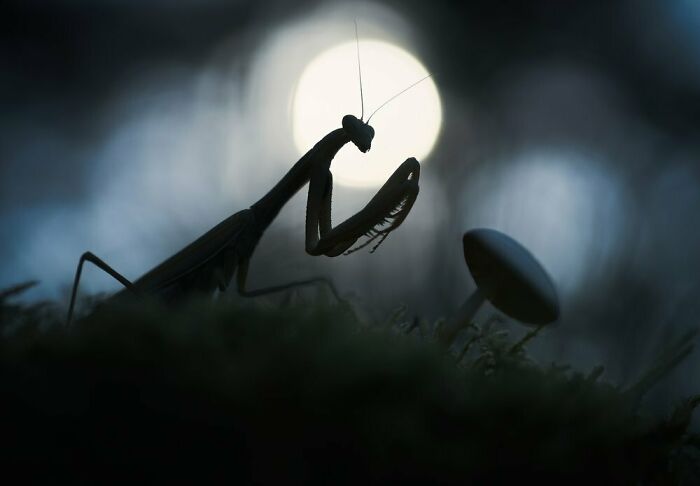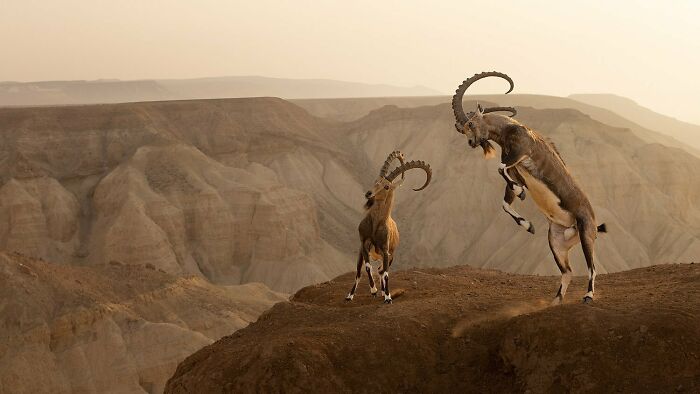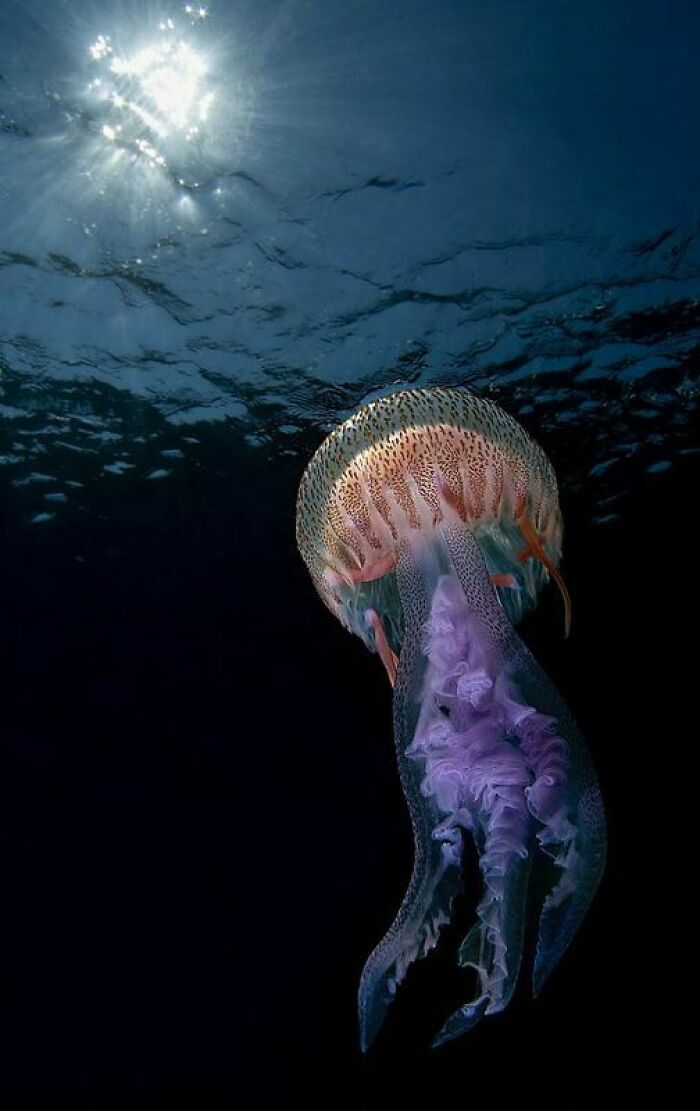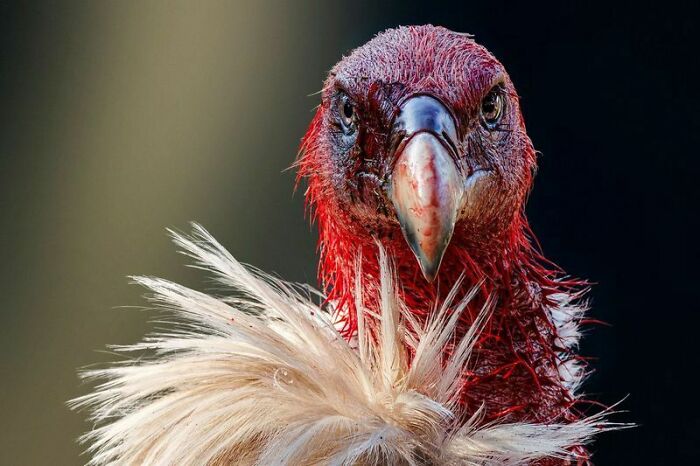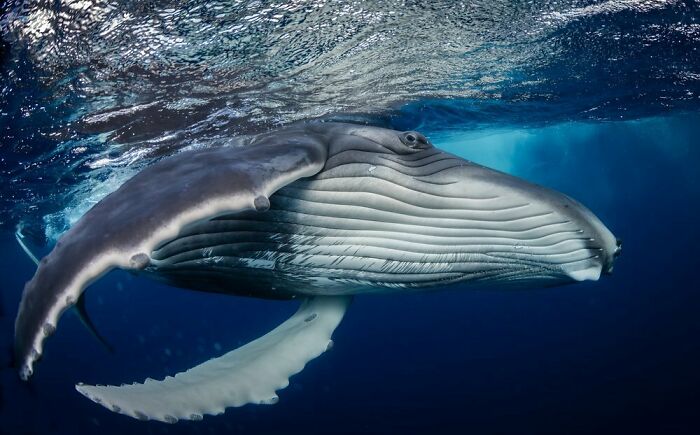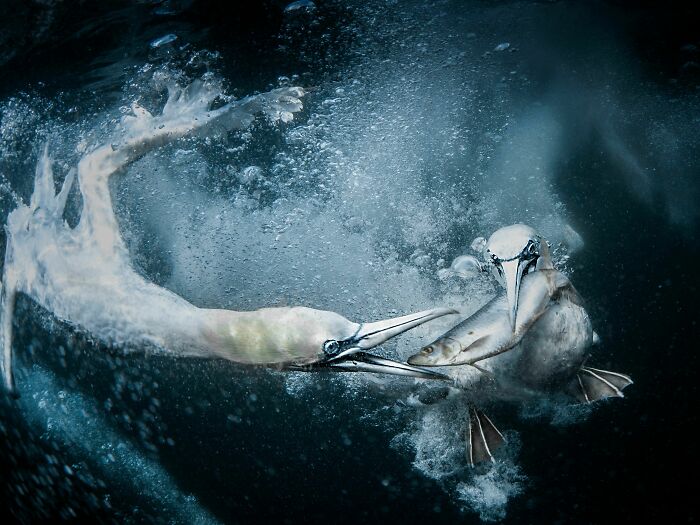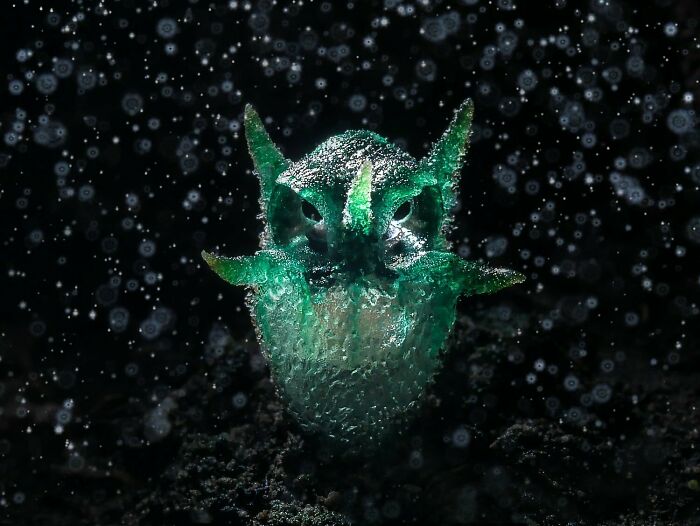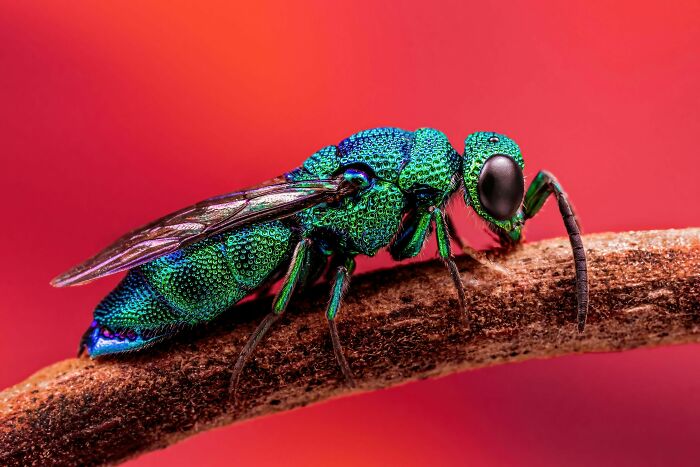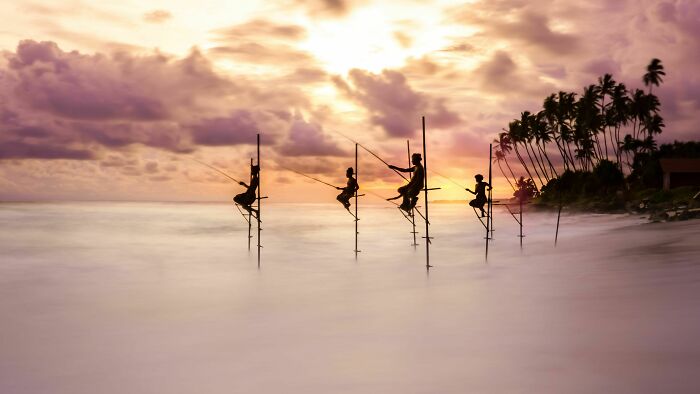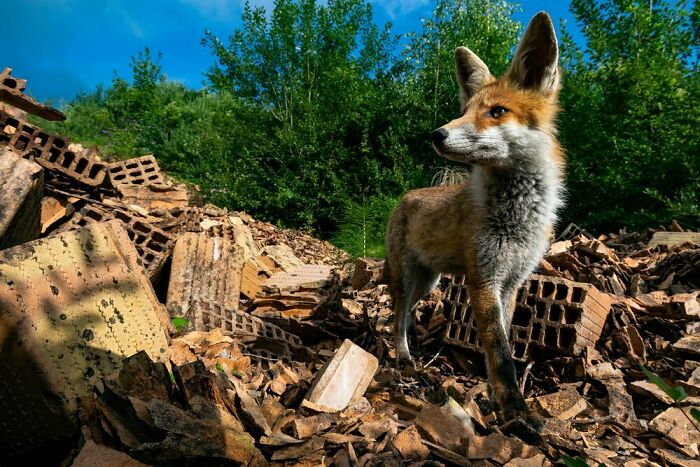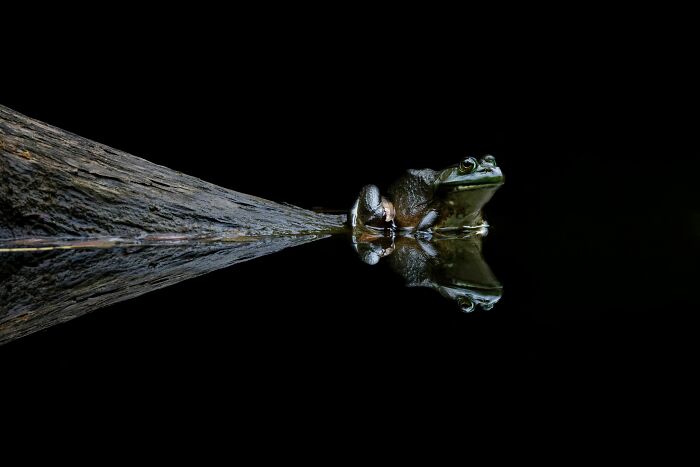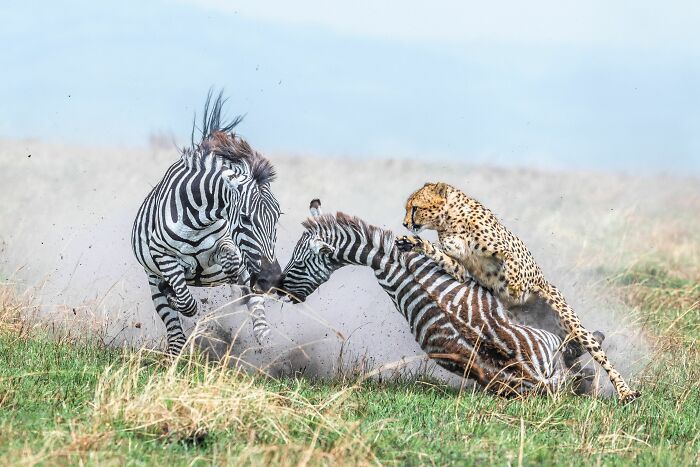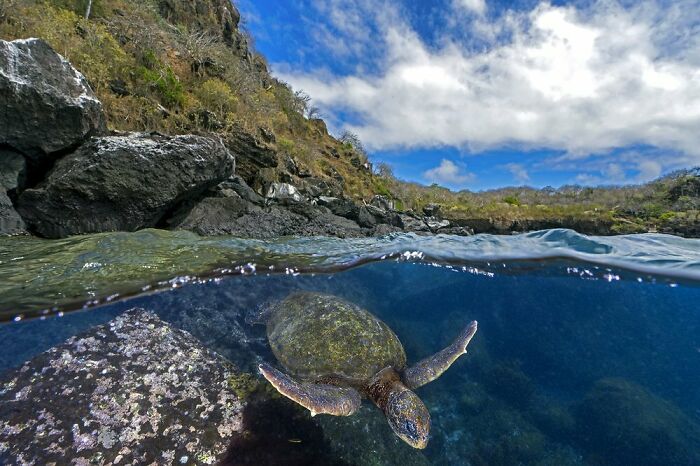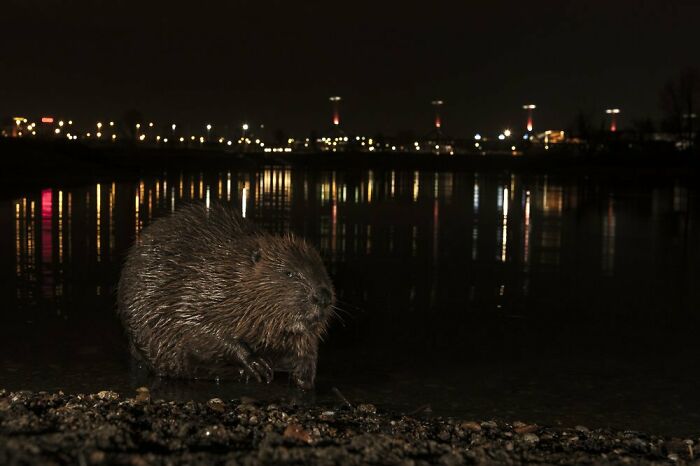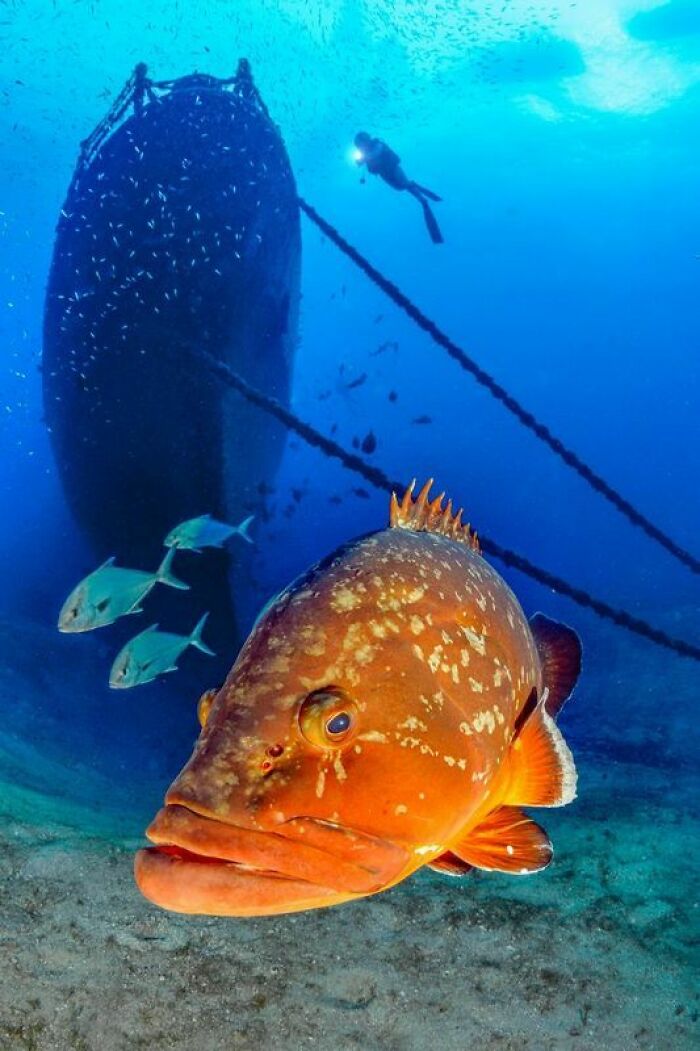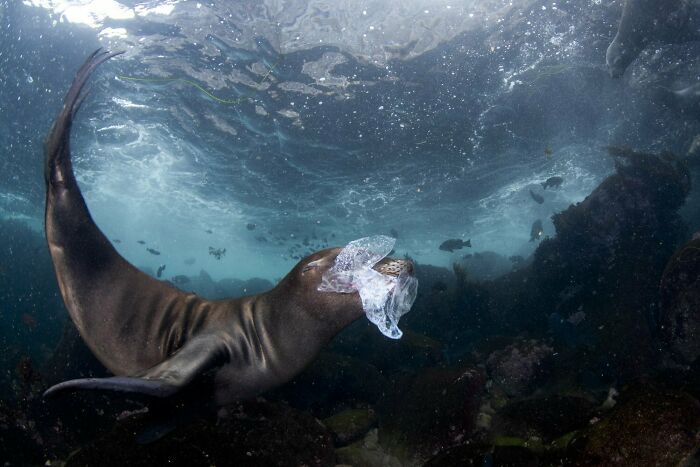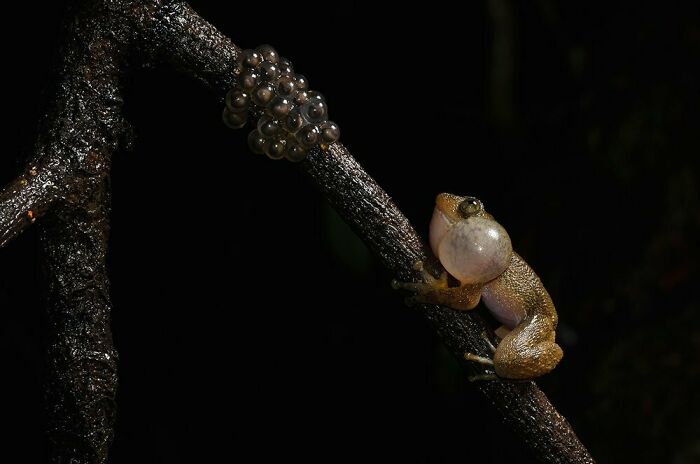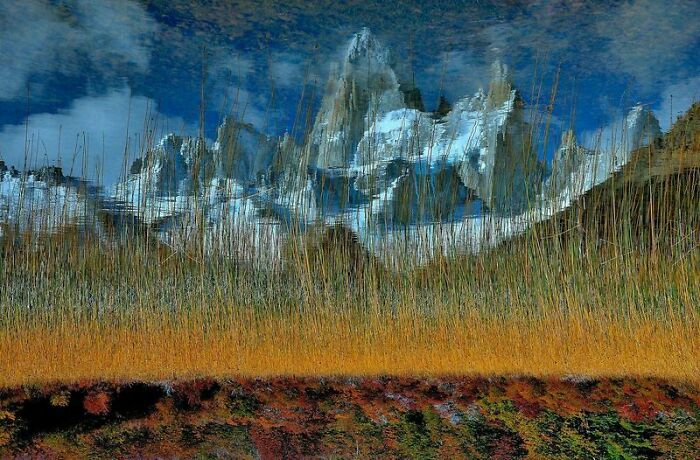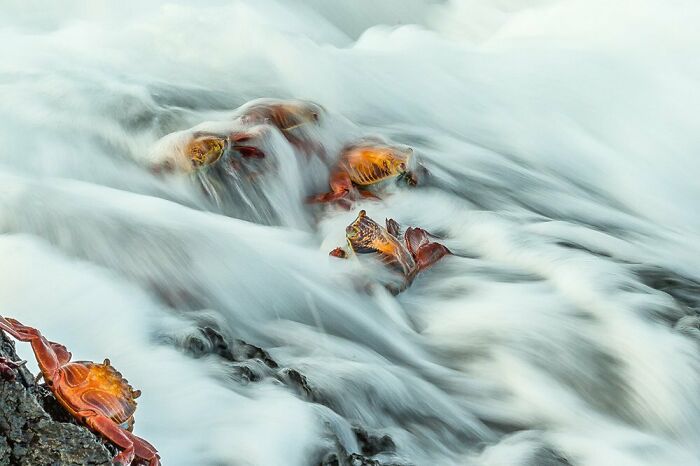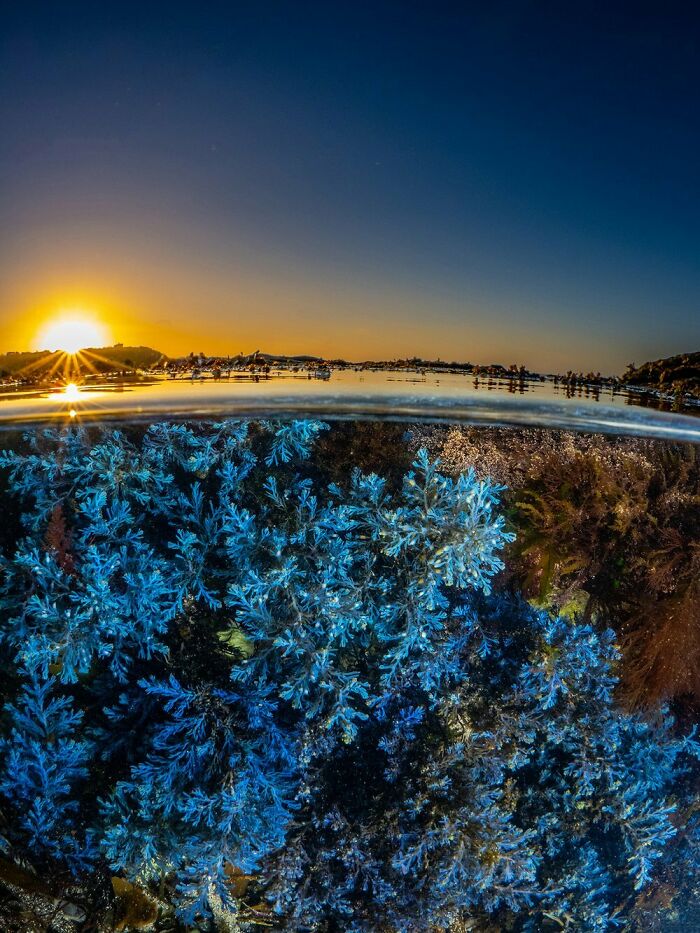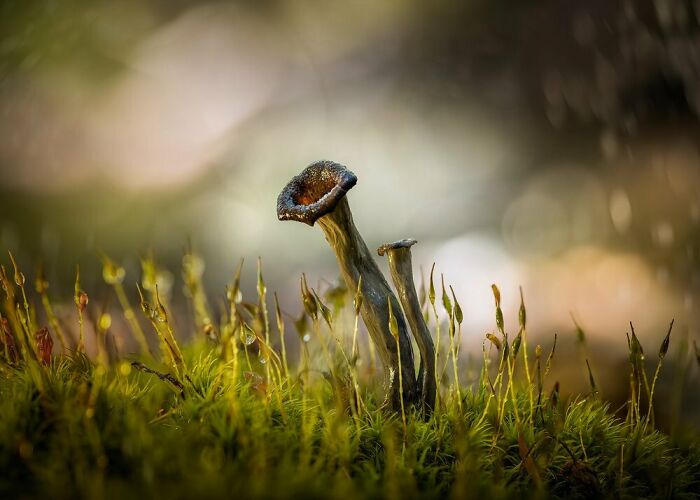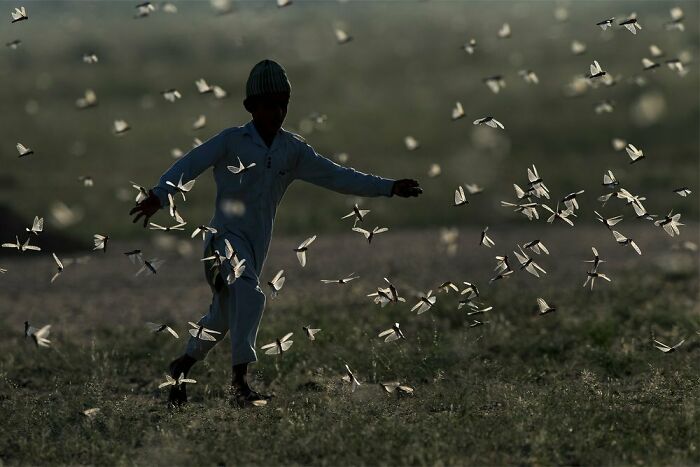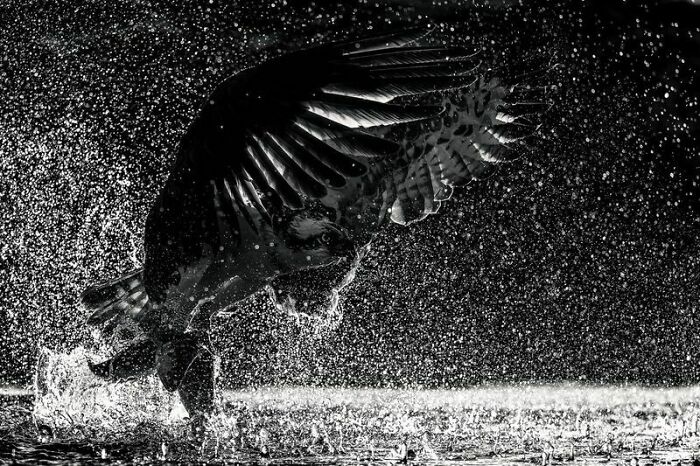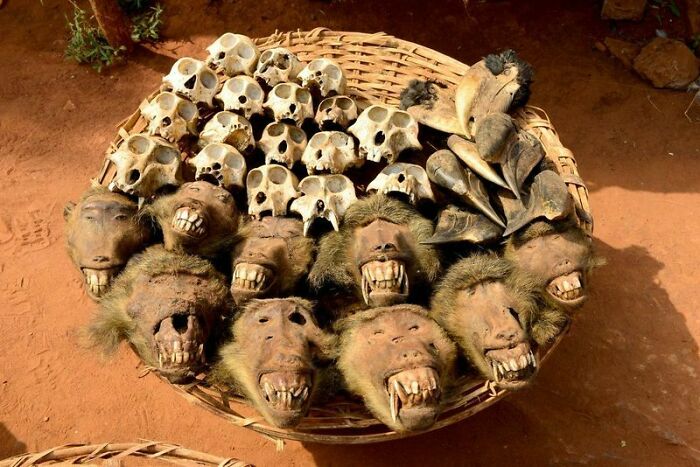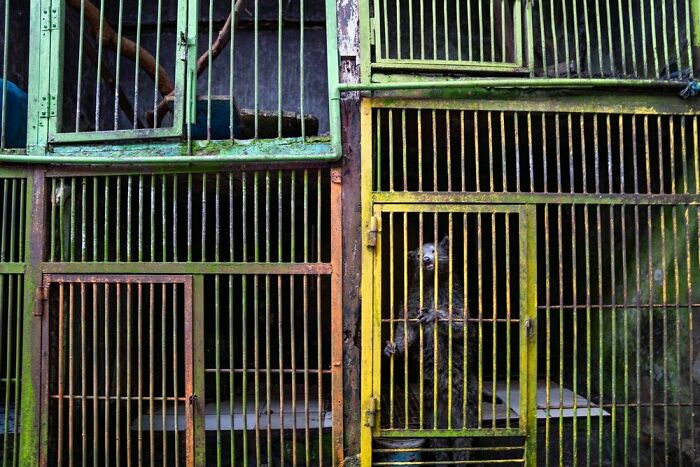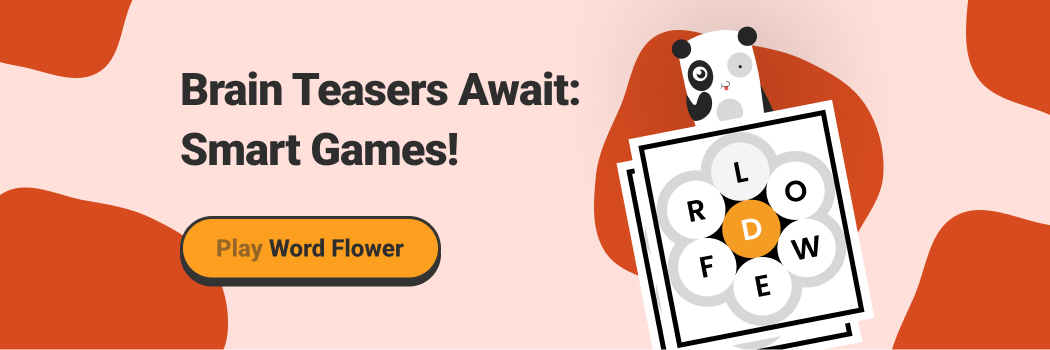In this year’s competition, there were 14 categories, and the one that took the grand prize belongs to Tracey Lund, who captured two gannets under the water and submitted it under the Behavior - Birds category. Luckily, this year, not only do you get to see the winning images, but there is also a possibility to buy them. As Adrian Dinsdale, co-founder of the WNPAs, said: “Our winners never fail to take our breath away with their stunning images. As always, it’s such a joy to see the amazing caliber of entries into the awards. We’re thrilled that people will now have the chance to buy some of these images to grace the walls of their homes. What’s more, we’re planning to plant a tree for every piece of wall art we sell.” Upon announcing the winners of the 2024 competition, the World Nature Photography Awards team also officially opened call for entries for 2025, so if you are up for participating yourself, make sure to check that out! More info: worldnaturephotographyawards.com | Facebook | Instagram | twitter.com To learn more about the competition, we asked Martin to share more about the selection process of the winning images. He replied: “All entries are judged anonymously to ensure that each image is assessed on its merits alone. Each judge works independently to score every image as they see fit. They have no knowledge of the photographer’s name or nationality.” “Tracey’s image was the one that scored the most points amongst our gold winners. We immediately feel the drama of that moment, as we’re transported right into the heart of the struggle between the two gannets for the precious catch. It succeeds in opening up a story in our minds as we begin to imagine what happens in the few seconds that follow this shot. What’s more, the image has a really impactful composition, with the gannet sweeping in from the left to try and snatch the fish from its rival,” explained Martin. “We were founded with a strong purpose that is very much tied to the current climate crisis. Our belief is that photography can go a long way in influencing people to see the world from a different perspective and change their own habits for the good of the planet. Our winning images cannot fail to remind us of the importance of saving planet Earth for future generations. And on a practical level, we plant a tree for each entry into the competition,” wrote Martin. First of all, Tracey walked us through the moment that she captured the two gannets under the water and what inspired her to choose this particular subject and perspective. “I was heading to the Shetland Islands to photograph all the wildlife it had to offer but had two species I wanted to concentrate on, which were otters and gannets. Underwater photography is something I’ve always wanted to do, but it’s a whole new world when it comes to photography. I contacted the local guide there, Richard Shucksmith, an amazing guide and photographer. Richard organizes the RIB which takes you out to photograph the gannets off the shore. You head out to sea in the RIB and the gannets are flying all around. These birds dive at high speed into the water from great heights. It’s an amazing spectacle to witness, let alone try and photograph. I’ve photographed diving gannets above the water many times over the years and it’s not easy, the sky is full of birds, lots of action, and a case of choosing the right bird at the right time… it’s chaos. This time around, I really wanted to try and photograph what goes on under the water. It’s not often you get these opportunities.” “The image was taken with a Nikon D4, Sigma 15mm diagonal fish-eye lens, in a Nauticam underwater housing. The camera was in a waterproof housing attached to a polecam system. For this experience, I was not in the water at the time of taking this image. I’m hanging over the side of the RIB and the camera is lowered into the water and the trigger is on the pole. As the gannets were diving around us, if I felt the gannets were diving in front of the lens, I took the images. At no point could I see what I was actually taking pictures of. At the end of the day, I headed back to the hotel to download my images. I had taken a total of 1800 images, the majority of them were pictures of heads, beaks, and bubbles but there were two images that stood out, this being one of them,” shared Tracey. “I’ve photographed wildlife more seriously for the last 24 years. It has helped me with my mental health after dealing with a very toxic and damaging relationship. Since then I have concentrated on my photography and tried to show the passion I have for wildlife through my images. There is no better feeling than being out there with your camera and the wildlife accepting you into their world. I like to try and show their personalities and this is often by getting down to their level. I am now a trained judge and I have found that this also helps in my selection process when it comes to competitions. I feel that impact and storytelling plays a big part with images and competitions.” “My images have minimal editing (cropping, exposure, contrast clarity, etc.) and any good competition would stick to these rules. I feel wildlife images should be left to how they were taken in the camera and not be altered beyond reality with the use of editing tools. For me, this is classed more as digital art. AI is making competitions harder to judge, I’ve had first-hand experience of this where images have been entered but have been created by the use of AI. There are some competitions and associations that, in their category of wildlife, allow for manipulation to be carried out (changing of background, use of various layers, etc.), to me, this is not true wildlife, and yes, the images are stunning but not real and I feel a true wildlife image cannot compete against these images.” “I have been selling my images for quite a while now, whether from being an exhibitor or on my website. It’s always a great feeling when people want to purchase your images to have at home on their walls. I love receiving pictures of the finished result. Often the reasons they are bought are because they have made them smile when they saw the image, have brought up a memory, or simply love the species. For me, if it is making someone feel good, then what more could you want,” replied Tracey. Follow Bored Panda on Google News! Follow us on Flipboard.com/@boredpanda! Please use high-res photos without watermarks Ooops! Your image is too large, maximum file size is 8 MB.
